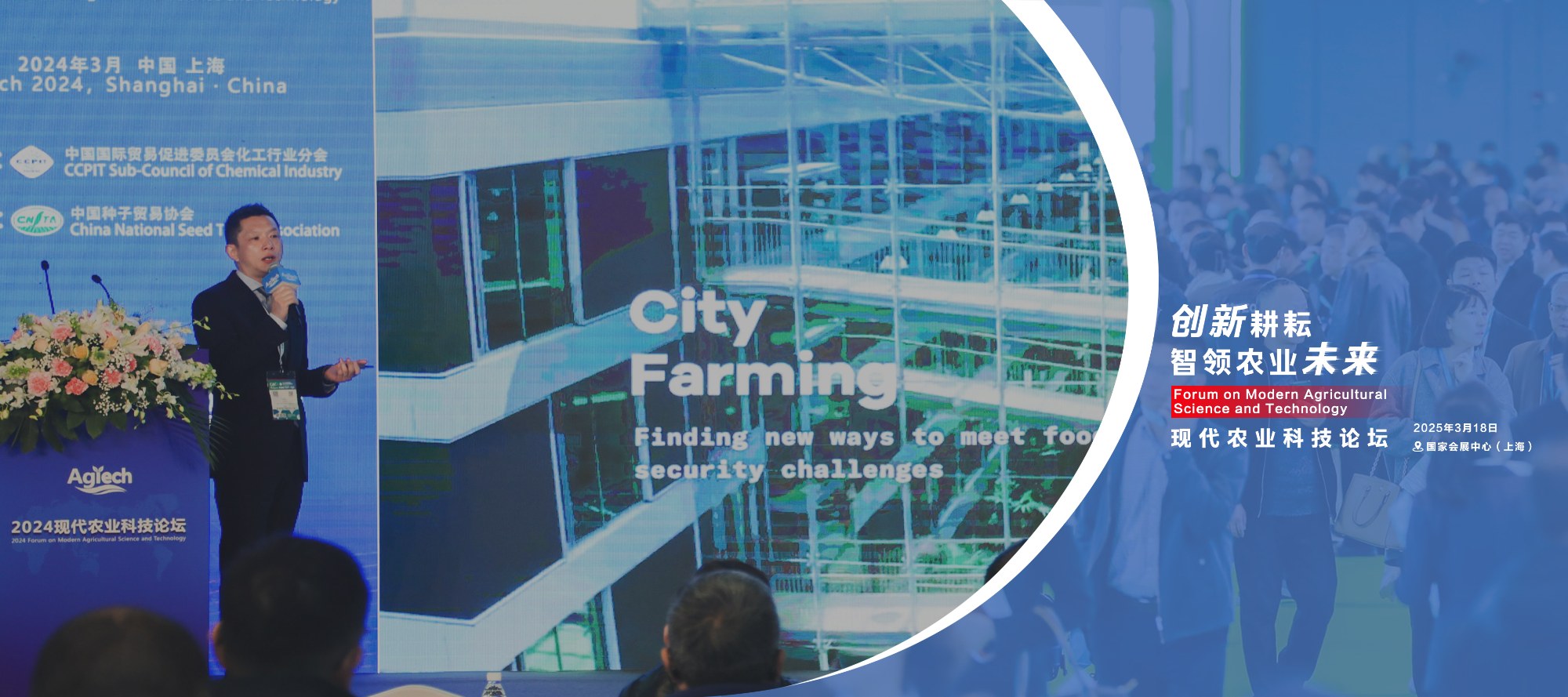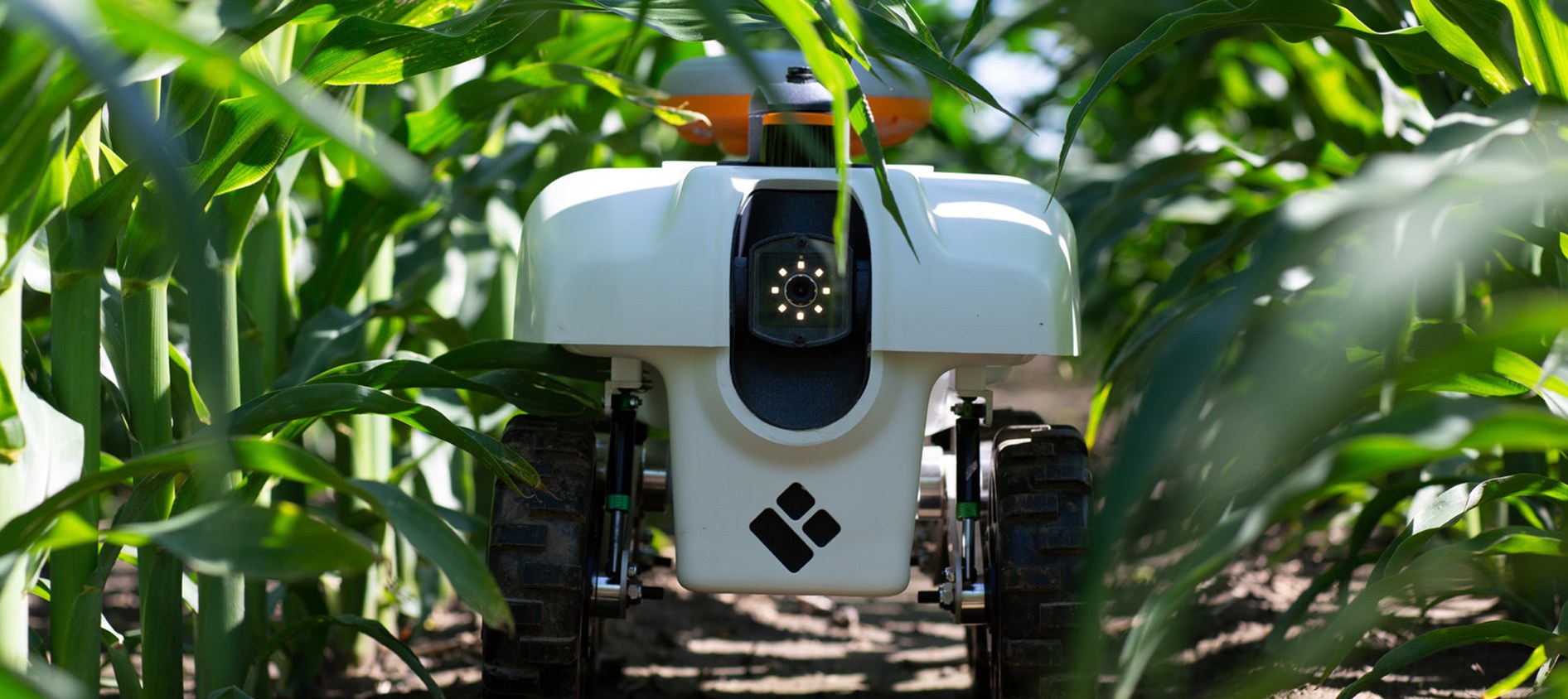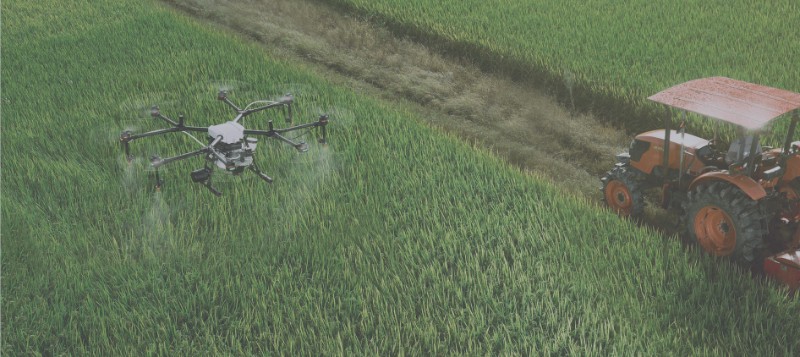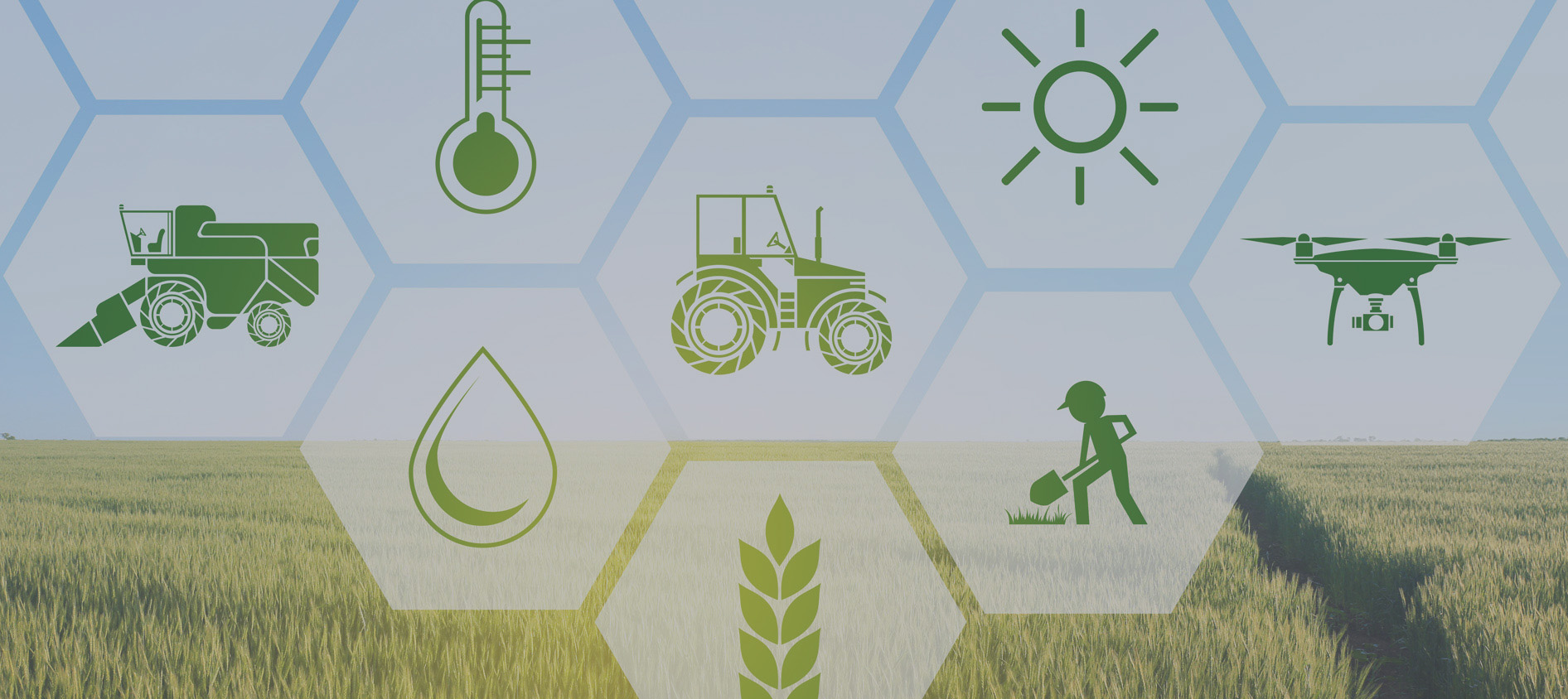The Technological Evolution of Seedling Production: From Ancient Roots to Smart Greenhouses
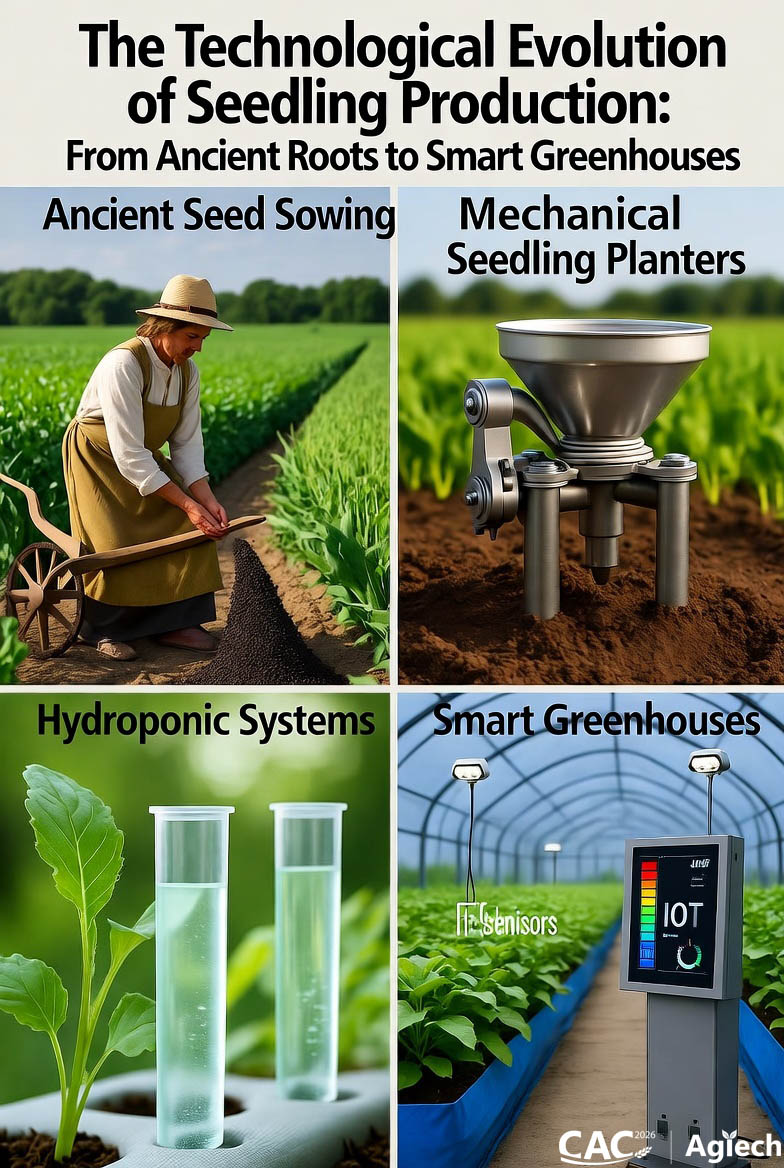
Seedlings—the delicate young plants that kickstart agricultural cycles—have long been the foundation of farming success. Yet, their production has undergone a profound transformation, driven by innovations that address challenges like labor shortages, climate variability, and the demand for sustainable yields. From rudimentary hand-sowing in ancient civilizations to AI-optimized hydroponic systems today, technological developments in seedling cultivation have revolutionized agriculture. As of 2025, these advancements not only boost efficiency but also promote eco-friendly practices, ensuring food security in an era of urbanization and environmental strain.
A Historical Journey: Laying the Groundwork
The story of seedling technology begins millennia ago, rooted in trial-and-error methods that evolved into systematic practices. In ancient Egypt and Rome, farmers used natural substances like onion sap to treat seeds, protecting them from pests and diseases during germination—a precursor to modern seed coatings. This early form of seed treatment marked the dawn of intentional enhancement for seedling viability.
By the 18th century, mechanical ingenuity took hold. In 1701, English agriculturist Jethro Tull invented the seed drill, a horse-drawn device that sowed seeds at precise depths and intervals, replacing haphazard broadcasting. This innovation dramatically improved germination rates and reduced seed waste, laying the groundwork for uniform seedling stands. The 19th century brought further refinements, such as Eli Whitney's 1794 cotton gin, which streamlined seed separation and indirectly boosted seedling production by enabling faster processing of fiber crops.
The 20th century accelerated progress with industrialization. In the 1920s, mechanical planters used guide wires with knots to ensure even spacing, transforming corn seedling establishment from manual drudgery to efficient row planting. The 1930s saw the commercialization of hybrid corn seeds, which promised higher yields and vigor in seedlings, heralding a shift toward genetically enhanced propagation. By the late 20th century, vegetable grafting—merging rootstocks and scions for disease-resistant seedlings—emerged as a commercial technique in Europe and Asia, optimizing traits like soil tolerance and productivity. The 1990s introduced biotech milestones, including insect- and weed-resistant crops via genetic modification, which fortified seedlings against early threats.
These historical steps—from organic treatments to mechanical and genetic tools—built a resilient framework, setting the stage for today's high-tech integrations.
Core Technological Pillars: Innovations Reshaping Seedling Growth
Modern seedling production hinges on a suite of technologies that optimize every stage, from germination to transplanting. These advancements focus on precision, automation, and sustainability, often converging in controlled environments like greenhouses.
Hydroponics and Soilless Systems: Roots Without Dirt
Hydroponics, the practice of growing plants in nutrient-rich water rather than soil, has exploded in popularity for seedling production due to its resource efficiency. Systems like Nutrient Film Technique (NFT), where a thin film of oxygenated solution flows past roots, and Deep Water Culture (DWC), suspending roots in aerated tanks, excel at rapid seedling establishment for crops like lettuce and herbs. Aeroponics, misting roots with nutrients in air, further accelerates growth by maximizing oxygenation, ideal for high-density seedling propagation in reforestation efforts.
Substrates such as rockwool slabs, coco coir from coconut husks, and biochar-amended media provide stable anchors for seedlings, retaining moisture while promoting microbial activity. These setups cut water use by up to 90% compared to traditional soil methods and enable year-round production, unaffected by weather. In Kenyan greenhouses, for instance, stackable sowing trays with optimal drainage achieve 98% germination rates, conserving resources and shielding seedlings from harsh elements.
Automation and Precision Agriculture: Data-Driven Decisions
Precision tools have made seedling cultivation smarter and more scalable. GPS-guided planters and drones (UAVs) map fields for variable-rate seeding, applying exact amounts of seeds and nutrients to match soil variability—reducing waste and enhancing early root development. Variable-rate technology, integrated with satellite imagery, allows site-specific applications of fertilizers and pesticides, fostering robust seedlings even in drought-prone areas.
IoT sensors and AI further automate the process. In smart hydroponics, devices monitor pH (ideally 5.5–6.5), temperature, humidity, and nutrient levels in real-time, adjusting via apps or cloud platforms like ThingSpeak. A 2023 study on tomato seedlings used AI to fine-tune light and water, conserving resources while boosting vitality. These systems minimize labor, with remote interfaces enabling greenhouse-wide oversight and predictive alerts for issues like damping-off disease.
Lighting and Environmental Controls: Harnessing Spectra for Speed
Light is the engine of photosynthesis, and LED innovations have supercharged seedling growth. Unlike traditional lamps, LEDs deliver targeted spectra—blue for compact growth, red for elongation, and far-red for flowering—accelerating development by up to 44% in yield trials. Combined with thermal screens and heat pumps, they maintain optimal climates, even in winter.
Light-shifting films embedded with quantum dots convert UV to red light, passively enhancing sunlight for 20% larger tomatoes without added energy. In vertical farms, these technologies stack seedlings densely, multiplying output per square foot.
Microbial Boosters: Nature's Allies in Tech
Biotechnology complements hardware with biological enhancers. Biomit technology, featuring bacterial strains in products like Biomit Terra, colonizes soil to combat pathogens, preventing damping-off and promoting root health. Applied during potting and transplanting, it fosters resilient microbiomes, yielding seedlings that resist pests and stress better than untreated ones—ideal for frost-sensitive crops like peppers. This approach underscores a trend toward integrated, low-chemical solutions.
Current Trends and Future Horizons (2024–2025)
As of October 2025, seedling tech trends emphasize sustainability and scalability. Hydroponic-IoT hybrids dominate urban farming, with AI edge computing classifying seedling maturity from images for automated harvesting. Biomit-like microbial tools gained traction in 2025 trials, reporting healthier stands and earlier yields. Precision ag, including smart seeds with embedded sensors, enables data-driven pest control, cutting inputs by 20–30%.
Looking ahead, expect deeper AI integration for predictive modeling of climate impacts on seedlings, alongside gene-edited varieties for extreme resilience. Vertical and rooftop systems could meet 30% of urban food needs by 2030, using just 1% of arable land.
Conclusion: Seeding a Sustainable Tomorrow
The technological odyssey of seedling production—from ancient sap treatments to AI-orchestrated greenhouses—illustrates humanity's ingenuity in nurturing life's beginnings. These developments not only amplify productivity but also safeguard against environmental perils, promising abundant, ethical harvests. As farmers adopt these tools, the humble seedling continues to symbolize progress, rooting agriculture firmly in innovation.




